Mazlaqan Rugs
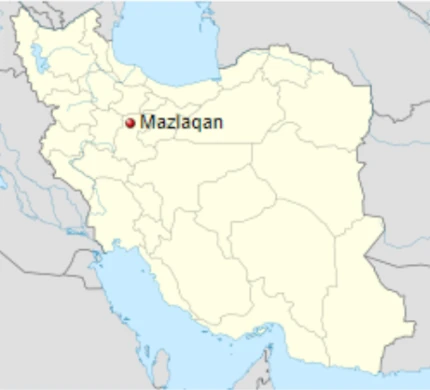
Mazlaqan (also Romanized as Mazlaqān and Mazlaghan; also known as Marqakān, Mazdaqān, Mazdaqān-e Kohneh, Mazdaqān Kohneh, and Mazlaqān-e Kohneh) is a village in Bayat Rural District, Nowbaran District, Saveh County, Markazi Province, Iran.
It is said that the name related to Mazdak and his followers a group of which had been settled in this village. Mazdak was a magus (a Zoroastrian priest), Iranian reformer, prophet and religious reformer who gained influence during the reign of the Sasanid emperor Kavad. He claimed to be a prophet of Ahura Mazda and instituted social welfare programs.
Mazlaqan is located on the route between cities like Hamadan, Zanjan, Saveh and Arak (Sultan-Abad). So Mazlaqan rugs may have been categorized as either of them. Antique Mazlaqan pieces have a characteristic design. These were woven during the 19th century by Mazlaqan habitants who were probably semi-nomads of Turkic origin.
Technical aspects and the structure of Mazlaqan Rugs
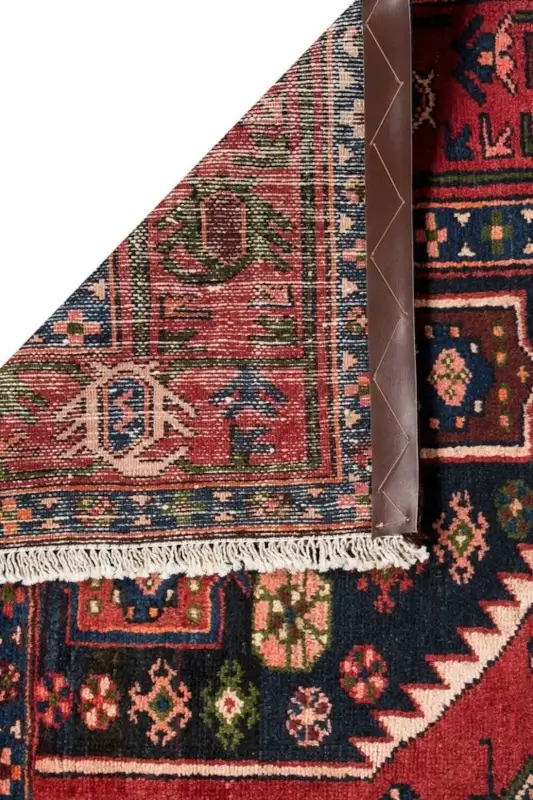
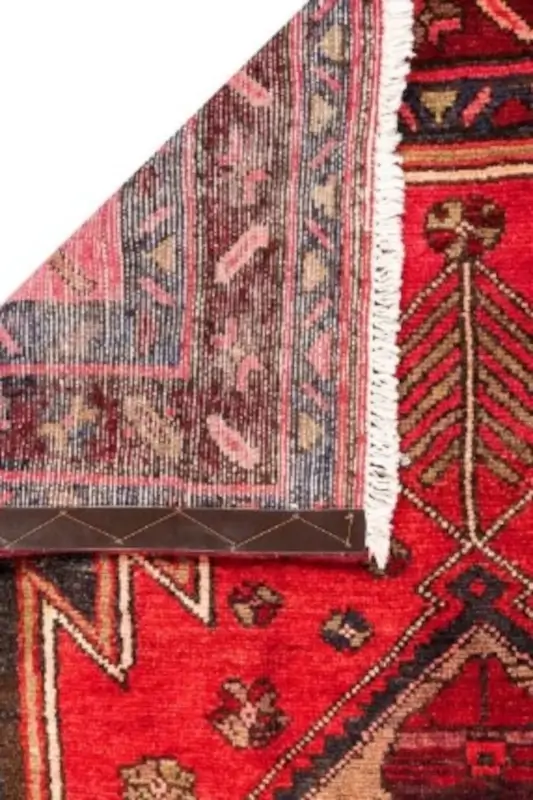

Mazlaqan rugs are woolen piled on cotton foundation. The Knot density is about 100 knots per square inch. Mazlaqan knots are typically symmetric (Turkish). Nevertheless asymmetric (Persian) knots may also be used. Both carpet and rug sizes are found. Five feet by three feet is the most popular size in Mazlaqan. This size is called ‘zar-o-nim’ in Persian.
Dyeing and painting of Mazlaqan Rugs
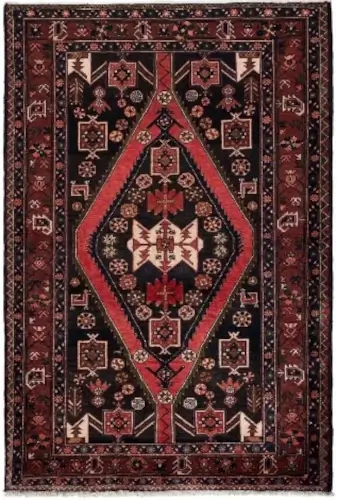
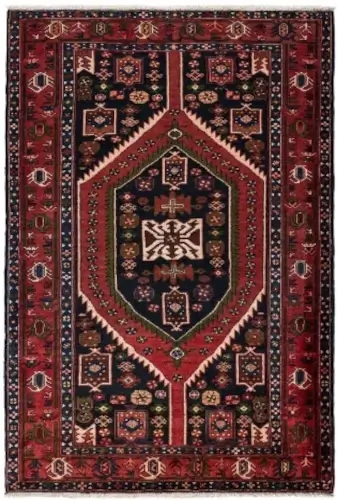
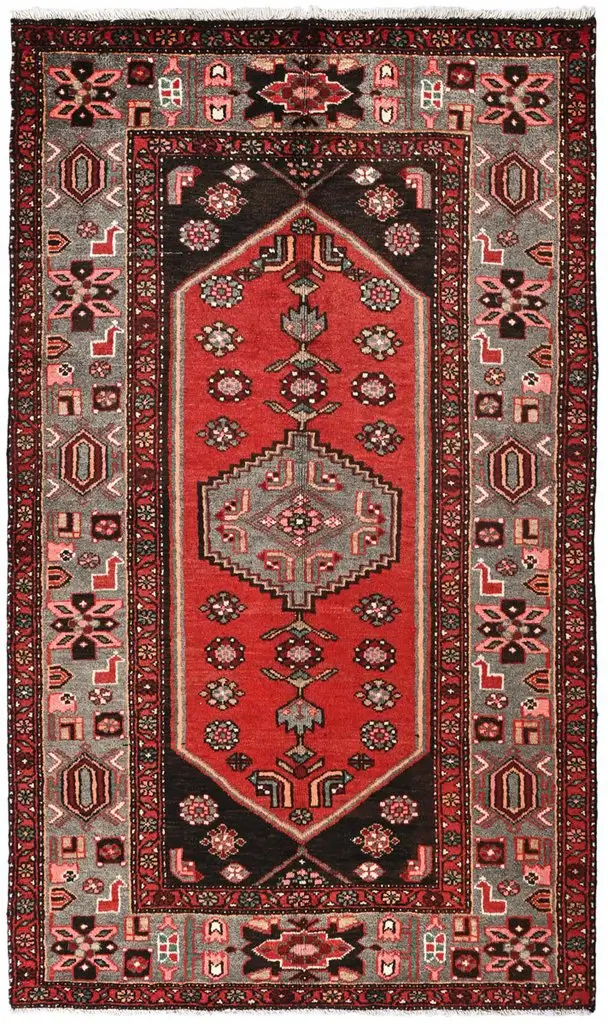
Madder red, dark blue and ivory are dominant in Mazlaqan rugs. The secondary palette consisted of various shades of madder including rosy and pink. Light blue is used frequently as an important secondary color. Some pieces may have light blue margins. Green, beige, yellow, apricot, and camel are also used.
Designs and patterns of the Mazlaqan Rugs
The characteristic design attributed to Mazlaqan could be recognized by its rather large medallion which is a hexagon with spiked or stepped projections and spandrels.
Rows of geometric blossoms occupy the field which could also be considered as corners, due to large size of the central medallion. The design could also be woven in the neighboring villages like Nowbaran.


